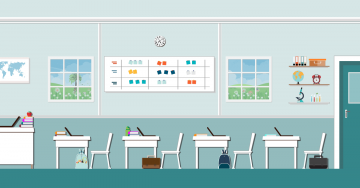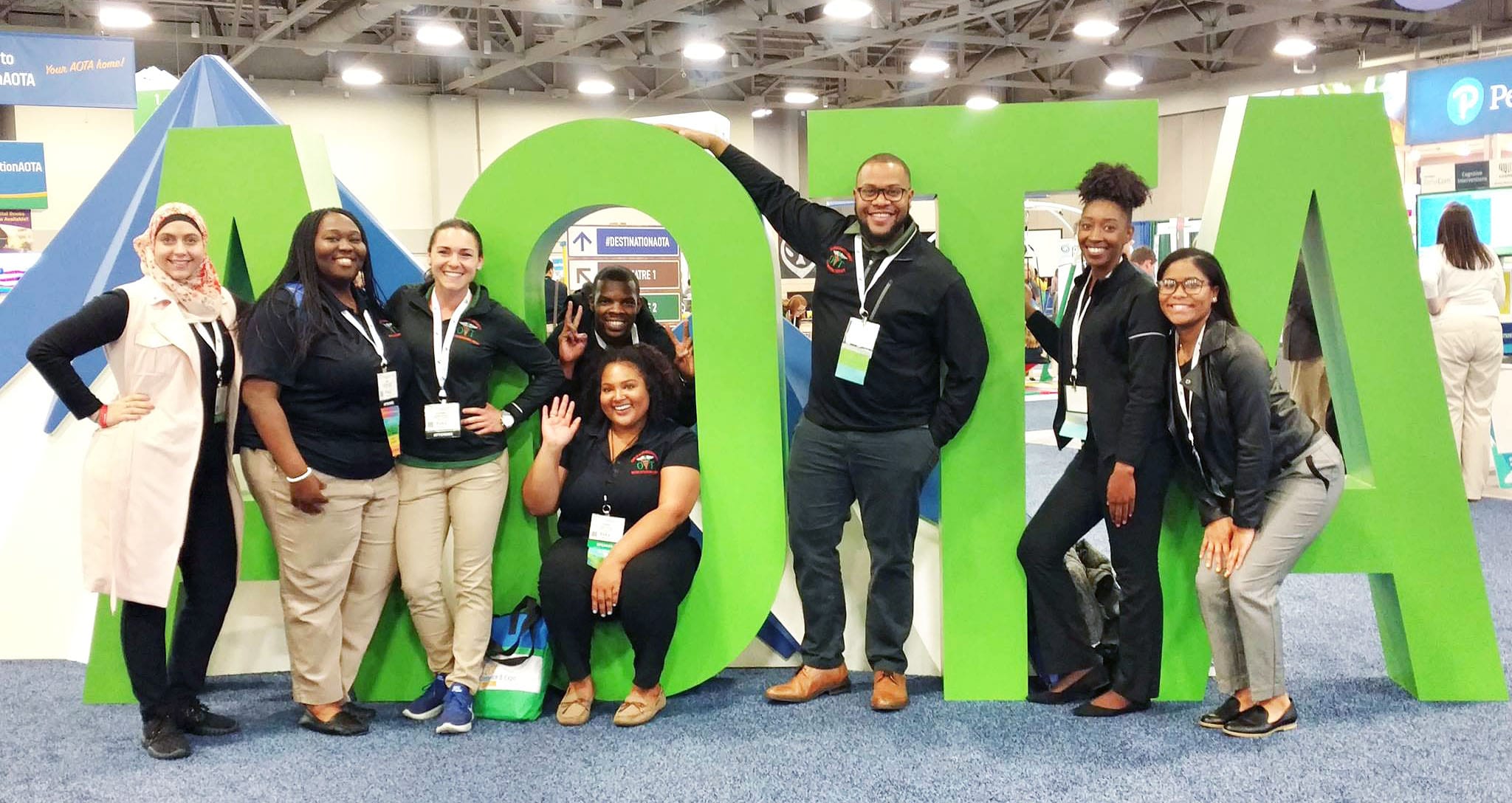How we deliver continuing education is changing because our understanding of how people learn best is changing. And no place demonstrates this best than the K-12 classroom. The school-aged learners of today will soon be the adult learners of tomorrow. Their experiences in the school classroom will shape their expectations for professional development programs in the future. Is your program ready?
Five Fundamental Shifts in Classroom Learning
We interviewed four long-time K-12 teachers from different school districts to discuss how and why the classroom has changed. All four teachers identified the same five themes present in today’s educational environment.
1. More flexibility in curricula delivery
All our teachers remembered a day early in their careers when a textbook served as the class curriculum. Lessons came directly from the book. As one teacher notes, the learning was “spoon-fed” to students. And there was a moderate amount of hands-on or group activities to enhance the lesson.
Today, curricula are much more generalized. Teachers work within guidelines that determine what material is covered and what skills should be developed. But it is up to the teacher on how they want to deliver the material. As a result, teachers have a lot more freedom to get creative with lesson plans.
One example from a foreign language teacher illustrates this perfectly.
Historically, foreign language instruction included memorization of vocabulary lists. But this does not promote true language fluency. Teachers are ditching the standard vocab tests. Instead, they’re using the same the same strategies that have helped us all learn our first language. Students are actively listening and speaking for the duration of the class, using relevant, real-life applications.
In one Spanish teacher’s example, she has students answer questions about themselves in Spanish as best as they can, and the class takes notes. She then plays a trivia game where the students guess things about their classmates based on the notes they took.
What is the impact this flexibility is having on teachers? According to one member of our panel, “We have to be okay with not knowing everything while we allow our students to try something new. Sometimes it works, sometimes it doesn’t but in the end, we all learn from it.”
Another teacher indicated, “We were pretty siloed in our own classroom. But today there’s a lot more collaboration happening in teaching through at-school teams and virtual connections. We spend more time exchanging ideas with peers so we understand what’s already been tried and refined before we bring it to our classroom. We’re all figuring this out together.”
2. Teacher and student roles have changed
With the migration away from a rigid curriculum, teachers spend less time at the front of the classroom telling students what they need to know. In today’s classroom, the teacher often models new material and then, “lets the kids run with it,” moving through the classroom to provide guidance.
Teachers are also spending more time working with students to set learning goals and helping them craft a plan to reach these goals. This means the students have more accountability, as they play a more active role in their own learning.
3. Students have a voice in their own learning
With increased participation and accountability, students are also given greater flexibility to choose how they learn best.
Given the same subject and learning goal, some students may decide to use art supplies to create a project, some may use a computer program, while some may make a movie or slideshow.
This concept of student choice also translates to the classroom layout. According to all four of the teachers we interviewed, you won’t find many classrooms in their schools that contain the standard rows of desks. Many classrooms feature flexible seating arrangements where the kids can sit where they want, including at group tables, in bean bags, on couches or even on the floor.
With a more fluid learning process, there is often more movement incorporated throughout the day, with students transitioning to various areas in the classroom based on the task or assignment. According to one teacher, “As long as they’re staying on-task and not distracting others, it’s up to the student to determine what works for them.”
4. Technology is the great facilitator
Our teachers agreed that technology has played a large role in this transformation. Tablets, laptops and other devices have become substantially more prevalent in the classroom.
Two of the school districts have a 1:1 ratio of student-to-device, while others supply devices for classroom use. These devices provide a personalized approach to learning. Math apps, for instance, allow the learner to follow a self-guided path based on their current level of proficiency.
5. Assessments have changed
Historically, tests and other learning assessments have been recall-based. The goal was to know if the student remembers what was taught. But some school districts have started to recognize this does not reflect whether the student comprehends the material. Testing methods are evolving to more accurately reflect true proficiency through real-world, application-based assessments. As one teacher puts it, “We’ve moved from testing on whether a student can remember what’s been taught, to whether they know how to use it.”
Additionally, some districts are also starting to use grading systems that separate effort from proficiency. As one teacher illustrates, “An ‘A’ student and a ‘C’ student can easily be equally proficient. The only difference is the amount of effort they need or choose to put in to get there.”
What’s Driving These Changes in Classroom Learning?
Technology has certainly played a role in the changing classroom because it provides more ways to teach the material. But, according to the teachers we interviewed, research was the central driver.
Over time, studies have shown that a one-size-fits-all approach is not the best way to engage students and support retention. The teachers we interviewed agreed. One teacher noted, “Students remember things they want to know. So, by taking the subject matter and allowing them to apply it in a way that is most meaningful to them, we achieve the same goal.”
The Impact on Continuing Education Programs
For training professionals focused on adult learning and professional development, these changes in schools could have a major impact on curricula and certification assessments for future continuing education programs. These young professionals will enter the workforce expecting their learning experiences to be delivered in a way that is consistent with their previous schooling. Now is a great time to start experimenting with small changes to see what works best.
In a previous blog article, we provide some food for thought on how Generation Z might shape your organization’s continuing education programs. Here are some other ideas to consider:
- Does all the learning have to take place during the course or in the classroom? Are there opportunities to provide real-world applications of the material within a certain timeframe that can then be used for a future assessment?
- Are your instructors capable of evolving their role from teacher to facilitator? Do they have the skills to adapt the material from the course book in creative and personalized ways?
- You’ll want to provide options for how your learners interact with an apply the course material, while keeping your workload and budget manageable. Can you achieve this by providing simple guidelines for your learners, while putting them in charge of how they want to learn?
While it’s impossible to predict the future, taking a glimpse into the K-12 classroom certainly provides some indications of how continuing education programs will continue to evolve. Each organization will have to determine the best way to adapt in order to achieve program goals in a way that realistically aligns with resources.



Share The Love!